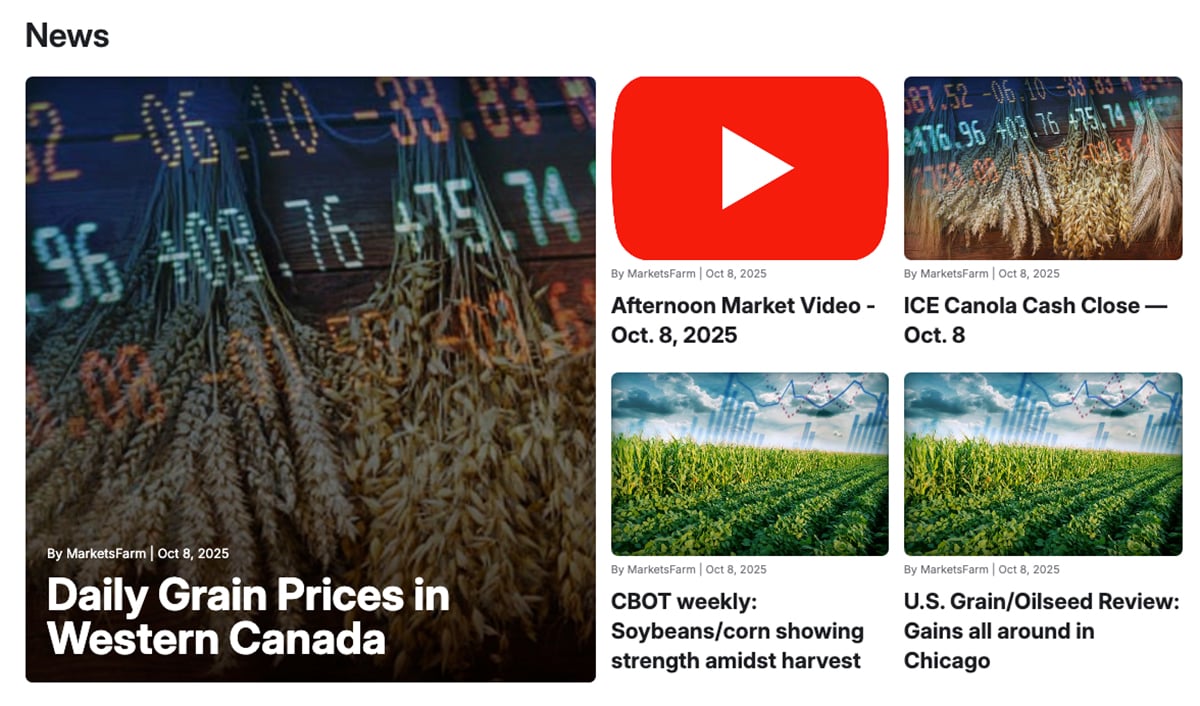Smaller fed cattle supplies still to come
The United States beef herd is not yet rebuilding, according to an analysis by Kansas State agricultural economist James Mintert.
Mintert (www.agecon.ksu.edu/livestock) drew a couple of conclusions from the June U.S. Department of Agriculture cattle on feed report.
First, the large number of cattle going into feedlots has puzzled the trade.
In May, the number was up 12 percent over last year when the trade expected a modest four percent increase. In the year to date, the number is up six percent.
Read Also

VIDEO: Catch up with the Western Producer Markets Desk
The Western Producer Markets Desk provides daily updates on agricultural markets, with recent video commentary including looks into canola, wheat, cattle and feed grains.
Mintert concludes that USDA must have underestimated last year’s calf crop.
He notes that some have speculated the large numbers of cattle going into feedlots is because producers have already expanded their herds, leading to larger supplies of calves and even yearlings.
But he noted the true test of herd rebuilding is the rate of female slaughter, indicative of how many producers retain females to breed.
While beef cow slaughter is down from last year, heifer slaughter is up 2.6 percent and is moving at a record pace.
Taken together, beef cow and heifer slaughter is 0.1 percent larger than last year.
Heifer slaughter could pick up this fall, but even so, it will be a couple of years before cattle supply expands significantly.
That means the smallest fed cattle supplies of this cattle cycle are still ahead of us.
Animal activists vs education
It is interesting that North American beef consumption is enjoying a revival while animal rights extremists appear to be more numerous and more active.
But that doesn’t mean the beef industry can be complacent about pressure from groups such as People for the Ethical Treatment of Animals. You might remember PETA as the one that put up highway billboards linking male impotence to eating meat.
The group is now trying to force McDonalds to stop buying from egg and hog producers who confine animals in small cages or stalls.
The public relations success of such campaigns relies to some extent on the growing distance between the public and farming.
That’s why it is good to hear that the Minnesota Zoo is replacing its children’s petting zoo with a more realistic display about modern farming. Animals raised at the zoo farm will go to slaughter and displays will show what products come from each animal.
While it won’t be a “real farm” experience, it will accommodate a million visitors a year, and that is a powerful educational tool.
















